Table of contents
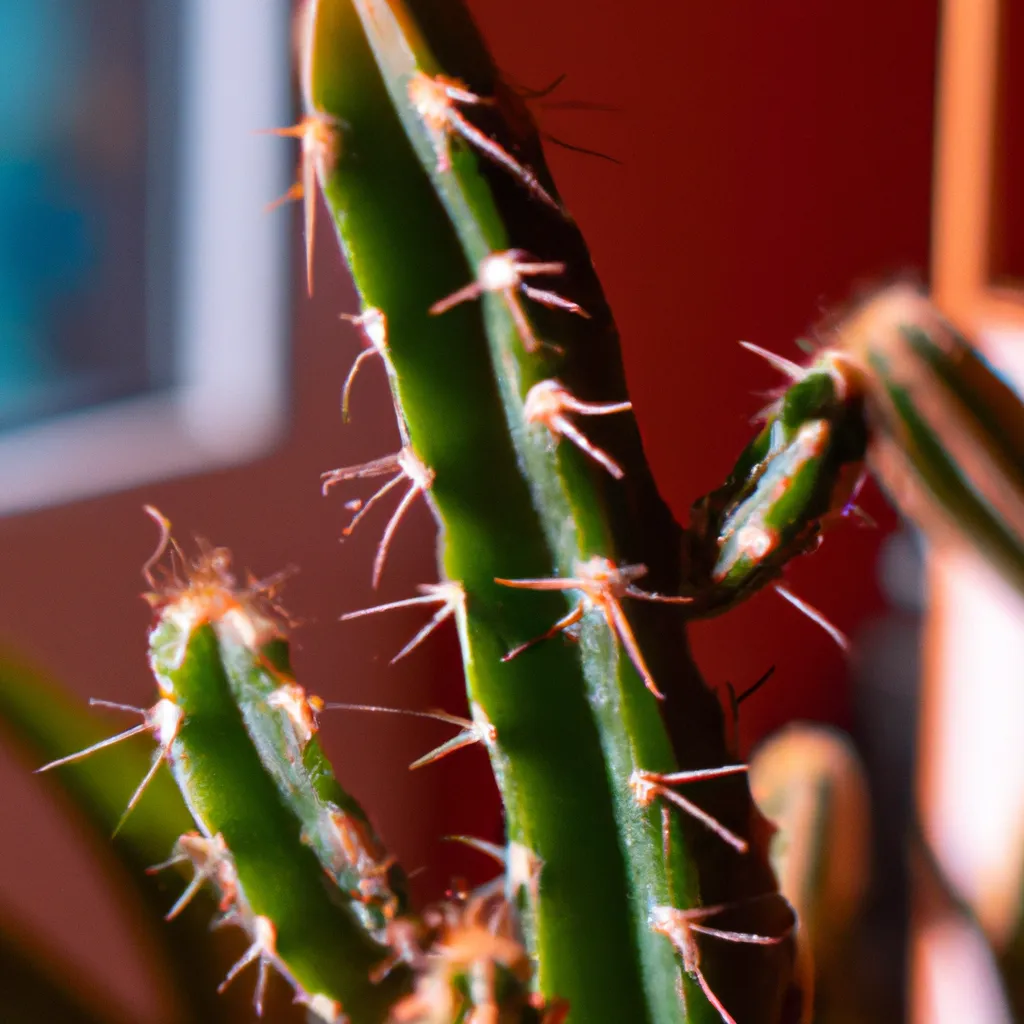
你好,我的仙人掌爱好者!这是我如何学会照顾我的仙人掌的故事--这是我与园艺世界的主要敌人斗争的有效结果。 踏上这场冒险,发现你的 "仙人掌 "面临的主要危险是什么以及你如何保护它们
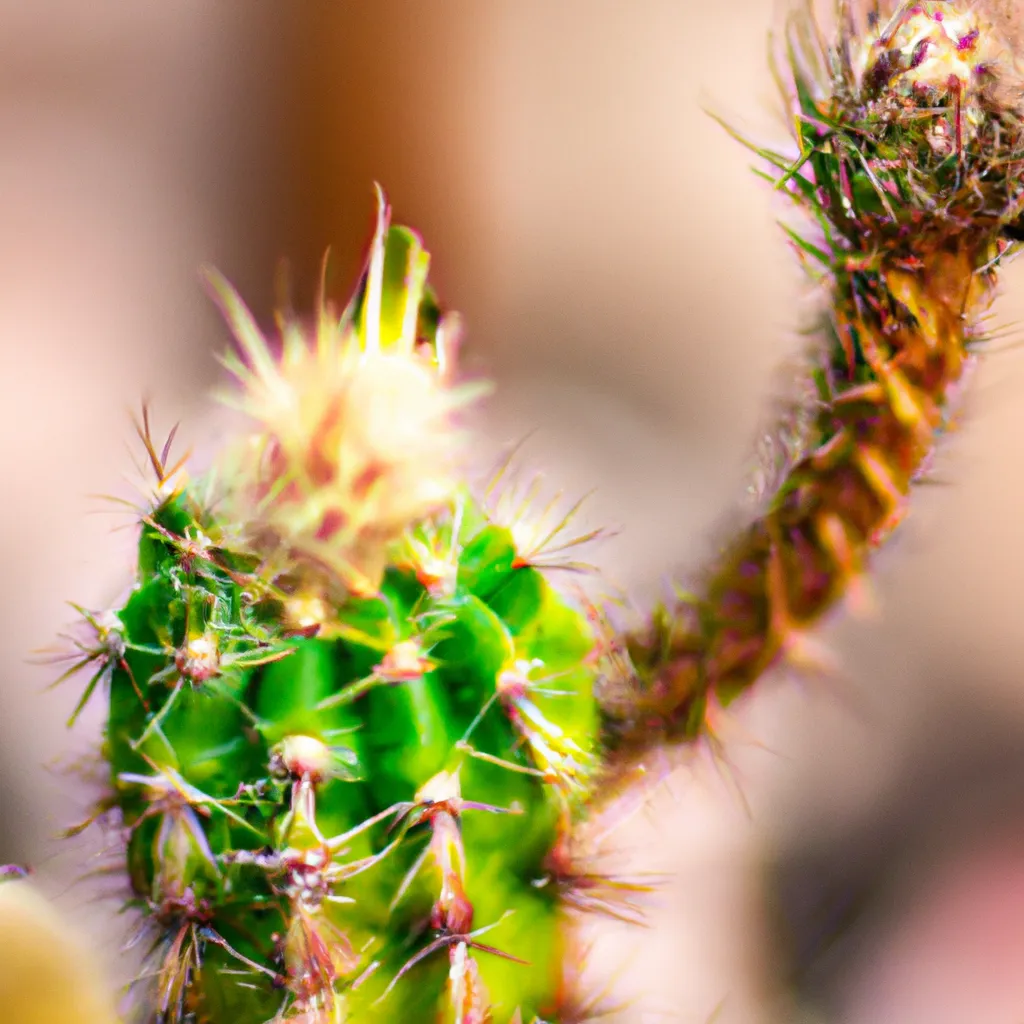
找出仙人掌的主要敌人是什么,以及如何保护他们!
你有没有想过仙人掌的主要敌人是什么? 如果你是一个仙人掌爱好者,知道在家里拥有这些标本之一时所面临的挑战是很重要的。 好消息是,有很多方法可以保护你的仙人掌免受病虫害,在这篇文章中我们将探讨。
1.最常见的仙人掌敌人是什么?
仙人掌的主要敌人是昆虫,如蛤蚧、臭虫、蚜虫、螨虫和幼虫。 这些昆虫吸食植物的汁液,会造成很大的损害。 此外,一些真菌和细菌也会攻击仙人掌,引起疾病。
See_also: 发现仙人掌对环境的不可思议的好处!有哪些疾病和虫害可以攻击仙人掌?
可以攻击仙人掌的主要疾病是霜霉病、根腐病、黑斑病和炭疽病。 霜霉病是由一种在植物表面形成白斑的真菌引起的。 根腐病是由攻击仙人掌根部的细菌引起的,导致其腐烂。 黑斑病是由一种在植物表面形成黑斑的真菌引起的,而炭疽病是由另一种真菌引起的,在植物的表面形成褐色斑点。
发现如何种植仙人掌:初学者的实用技巧3.怎样才能防止仙人掌上的害虫入侵?
为了防止仙人掌中的害虫入侵,你应该对种植仙人掌的地方进行一次很好的清洁。 清除所有的落叶和死去的植物碎片,防止这些昆虫在这里栖息。 此外,你也可以使用特定的化学品来控制仙人掌中的病虫害。
4.确保仙人掌健康的最佳种植方法!
为了确保仙人掌的健康,你应该记住一些栽培方法:少给仙人掌浇水;避免阳光直射;使用适合你的仙人掌类型的基质;保持土壤湿润;使用适当的肥料;不要让水积聚在植物的底部;定期清除枯叶;不要在其附近放置物品。植物,以避免与昆虫接触。
5.种植仙人掌时应注意的主要问题
种植仙人掌时,应特别注意:选择光线充足的地方;使用仙人掌的特定基质;定期清除枯叶;少浇水;使用适当的肥料;不要让水积聚在植物的底部;将植物附近的物体远离,避免与昆虫接触;不要放置物体靠近你的植物,以避免与昆虫接触。
6. 克服恶劣天气:保持仙人掌健康的规则
如果你住在一个温度极高或极低的地方,你在家里种植仙人掌时可能会面临一些挑战。 为了克服这些挑战,你应该采取一些特别的照顾:让你的仙人掌避免阳光直射;少浇水;使用适合你的仙人掌类型的基质;使用适当的肥料;不要让水积聚在植物的基部;定期清除枯叶;并将植物附近的物体远离,以避免与昆虫接触。
在有限的空间里种植仙人掌:学习如何将你的小地方变成一个成功的花园7.在家庭中拥有仙人掌所面临的主要挑战
在家里种植仙人掌可能是一项具有挑战性的任务,因为有些地方温度高,缺乏阳光直射。 此外,为确保仙人掌的良好健康,所需的护理可能很费劲,需要不断地花时间和精力。 因此,在购买仙人掌之前,必须了解在家里拥有仙人掌时所面临的挑战!这一点很重要!
现在你知道了仙人掌的主要敌人以及如何预防它们,是时候开始种植你自己的标本了!如果你家里已经有了仙人掌,请确保你采取了所有必要的护理措施,确保它处于良好的健康状态
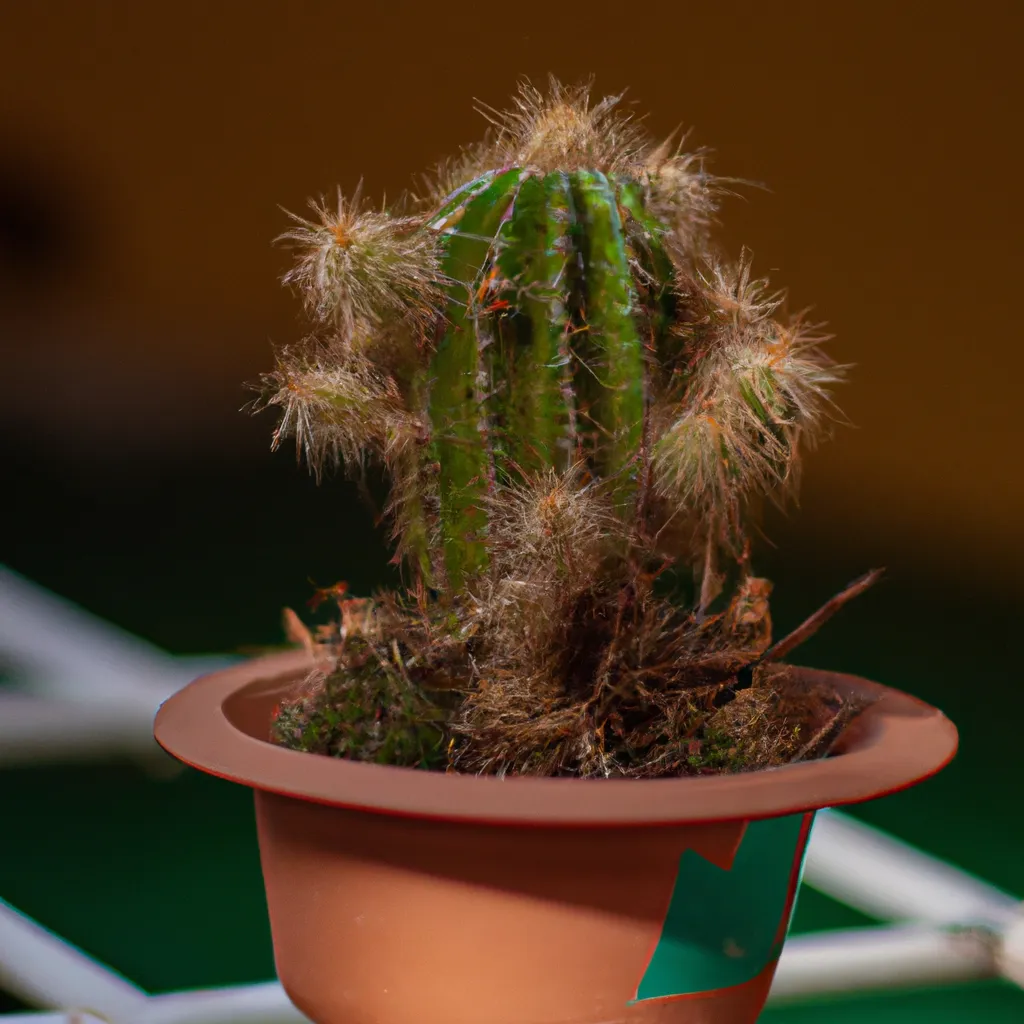
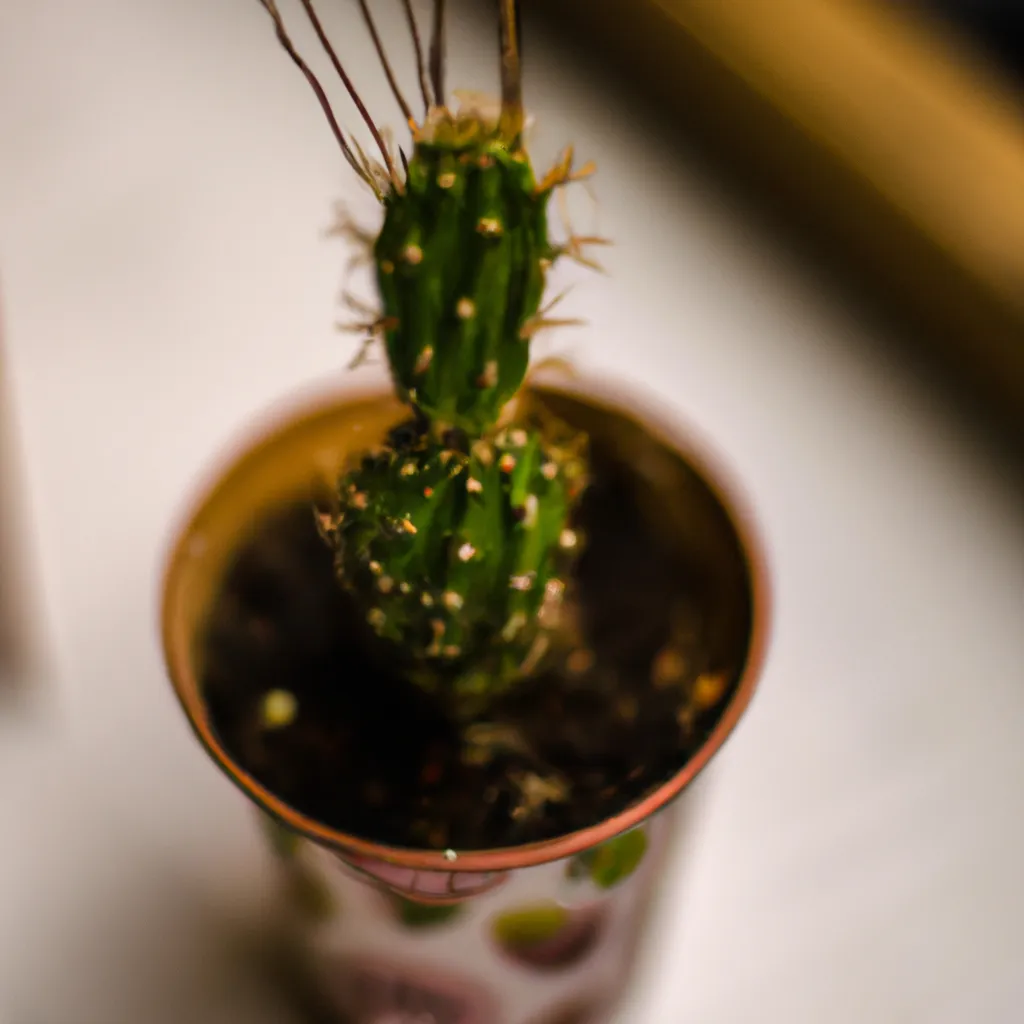
| 敌人 | 如何保护他们? | 其他建议 |
|---|---|---|
| Cochineal | 用手清除昆虫和它们的卵,使用生物或无机杀虫剂。 | 为面粉甲虫等捕食性昆虫创造有利的环境。 |
| 蚜虫 | 用手清除昆虫和它们的卵,使用生物或无机杀虫剂。 | 种植能吸引捕食性昆虫的植物,如万寿菊。 |
| 线虫病 | 用手清除昆虫和它们的卵,使用生物或无机杀虫剂。 | 保持土壤湿润和富含有机物,因为线虫不能在酸性土壤中生存。 |
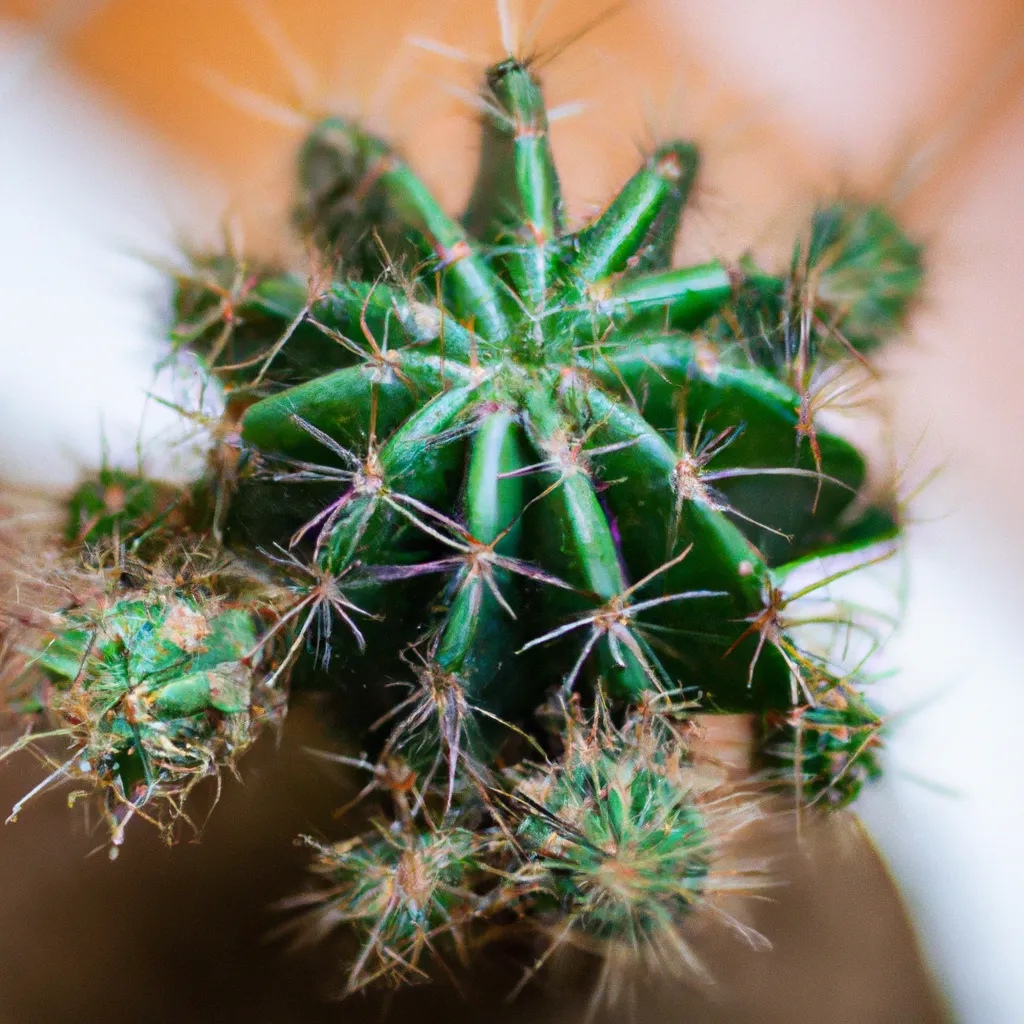
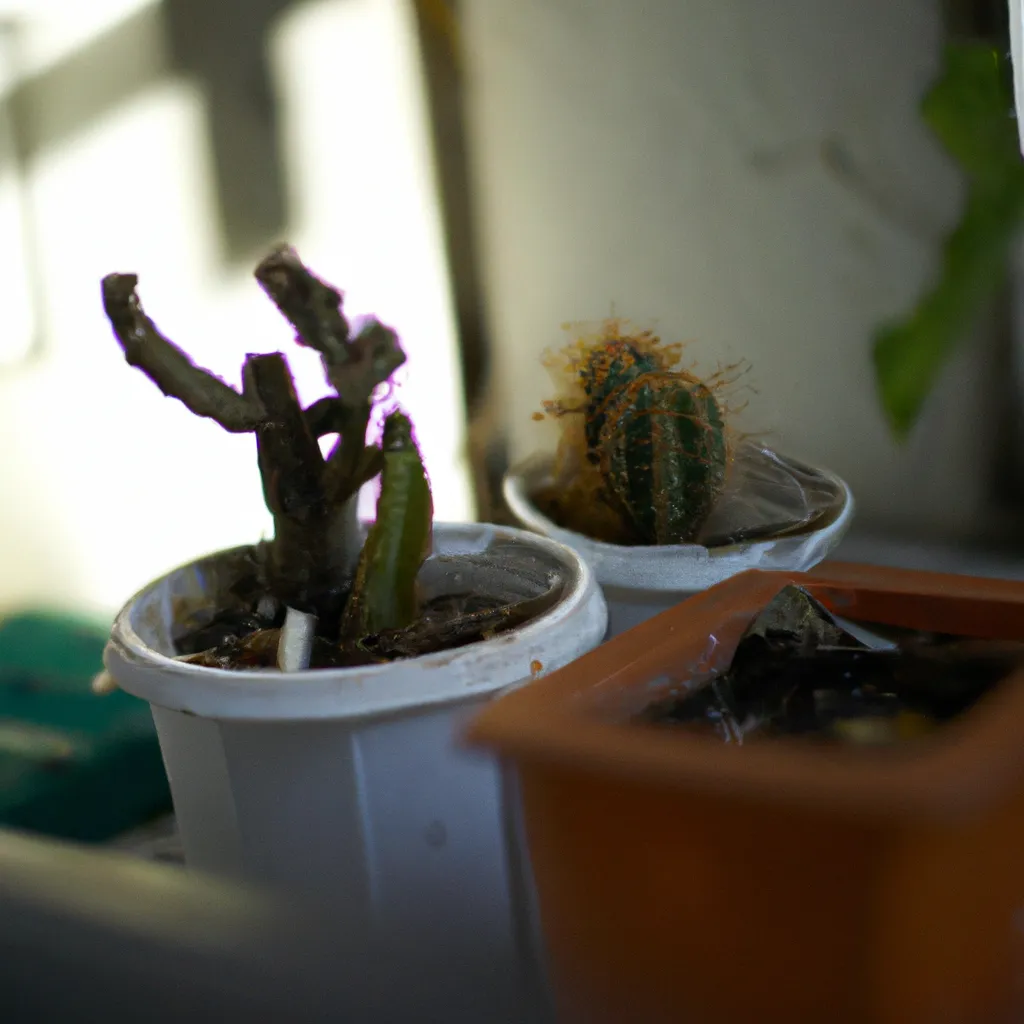
1.哪些是仙人掌的主要敌人?
仙人掌的主要敌人是昆虫、害虫和疾病。 昆虫,如甲虫,可以对仙人掌的叶子和花造成损害。 害虫,如粉蚧,可以对仙人掌的根和茎造成损害。 疾病,如炭疽病,可以在仙人掌的叶子上造成黑色和黄色的斑点。
❤️eus的朋友们正在享受它:
